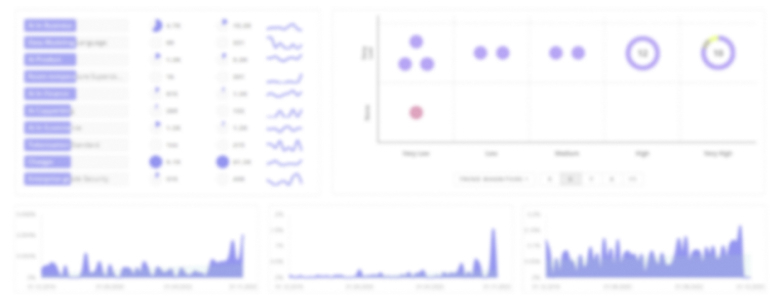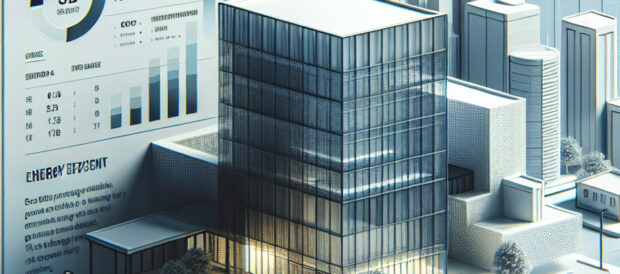
Energy Efficient Windows Report
: Analysis on the Market, Trends, and TechnologiesThe energy-efficient windows sector is experiencing rapid maturation, marked by a 59.83% increase in topic prevalence over five years and $2.17 billion in cumulative funding raised by specialized companies, reflecting strong investor interest (internal energy efficient windows trend report). Market projections estimate the global market will grow from approximately USD 15.81 billion in 2024 to USD 28.83 billion by 2032 at a 7.8% CAGR (Maximize Market Research). This growth is propelled by breakthroughs in advanced glazing, smart coatings, and integrated photovoltaics—technologies that can reduce building energy use by up to 40% and HVAC loads by 20% (PV windows cut energy use by 40% in glazed buildings, New High-Tech Windows Cut Building Energy Use by 20%). Regulatory pressures and government incentives worldwide are accelerating adoption, positioning the sector for continued expansion.
This article was last updated 36 days ago. If you find any info is missing, let us know!
Topic Dominance Index of Energy Efficient Windows
The Dominance Index of Energy Efficient Windows looks at the evolution of the sector through a combination of multiple data sources. We analyze the distribution of news articles that mention Energy Efficient Windows, the timeline of newly founded companies working in this sector, and the share of voice within the global search data
Key Activities and Applications
- Advanced Glazing Development: Deployment of multi-pane glazing (double/triple low-E) and vacuum-insulated units to achieve U-factors below 0.8 W/m²K, dramatically cutting conductive heat transfer .
- Smart Window Integration: Electrochromic and thermochromic glass systems that dynamically tint to optimize daylight and thermal comfort, reducing lighting and HVAC energy by up to 20% (Electrochromic Windows Cut HVAC Costs, Boost Sustainability).
- Photovoltaic-Embedded Fenestration: Transparent photovoltaic coatings that generate electricity on-site, lowering net building energy demand by as much as 40% in highly glazed façades (PV windows cut energy use by 40% in glazed buildings).
- Retrofitting and Secondary Glazing: Non-invasive retrofit solutions—including magnetic inserts and bespoke secondary glazing—to upgrade existing frames, offering payback periods under five years and reducing waste compared to full window replacement (The Economics of Superinsulating Windows).
- Envelope Performance Optimization: Strategic window-to-wall ratio design and AI-driven building envelope audits to identify thermal bridges and target high-ROI retrofit measures (QEA Tech quantifies building envelope energy loss).
Emergent Trends and Core Insights
- Active Building Envelope Platforms: Windows are evolving into multifunctional, data-driven systems that integrate insulation, energy generation, and smart controls—shifting market share toward platform providers over component suppliers (Industry moves toward integrated solutions).
- Material Science Breakthroughs: Advances in aerogel-infused glazing and phase-change materials are enabling transparent insulation layers and passive thermal storage, pushing U-factors below 0.5 W/m²K in research prototypes.
- Circular Economy Focus: Growing emphasis on recyclability and low-carbon manufacturing is leading to window systems designed for disassembly and material recovery, exemplified by 100% recyclable PET secondary glazing films.
- Regional Growth Divergence: Europe leads current market size (37% share, USD 6.05 billion in 2024), while Asia-Pacific posts the fastest growth (CAGR ~8.7%), driven by urbanization and green building incentives (Precedence Research).
Technologies and Methodologies
- Low-Emissivity (Low-E) Coatings: Thin metallic films that reflect infrared radiation, reducing winter heat loss and summer heat gain (Window Low-E Glass Explained: A Comprehensive Guide).
- Multi-Pane Glazing: Double and triple glazed units filled with inert gases (argon, krypton) to minimize conduction and convection losses (How Triple-Pane Windows Stop Energy (and Money) From Flying Out the Window).
- Vacuum Insulated Glazing (VIG): Creating near-vacuum spaces between panes to achieve U-factors down to 0.4 W/m²K in a slim profile, ideal for heritage retrofits (Sustainability, Vol. 12, Pages 2300: Evaluation of Alternatives for Improving the Thermal Resistance of Window Glazing Edges).
- Electrochromic & Thermochromic Glass: Smart glass that adjusts tint in response to voltage (electrochromic) or temperature (thermochromic), enabling active solar gain control without blinds (Smart windows now reduce energy consumption in Swedish offices).
- Building Integrated Photovoltaics (BIPV): Transparent or semi-transparent solar cells laminated into glazing, turning façades into electricity producers (PV windows cut energy use by 40% in glazed buildings).
Energy Efficient Windows Funding
A total of 153 Energy Efficient Windows companies have received funding.
Overall, Energy Efficient Windows companies have raised $2.8B.
Companies within the Energy Efficient Windows domain have secured capital from 333 funding rounds.
The chart shows the funding trendline of Energy Efficient Windows companies over the last 5 years
Energy Efficient Windows Companies
- V-Glass, Inc. pioneers next-generation vacuum insulated glass (VIG) with thermal performance three times that of conventional argon-filled windows and double the lifespan, enabling ultra-high efficiency retrofits at competitive manufacturing costs.
- Indow offers low-profile window inserts that press into existing sashes, eliminating drafts and reducing energy bills by up to 30% without altering historic frames—an ideal retrofit solution for heritage and residential applications.
- AeroShield Materials integrates silica aerogel into transparent window inserts with optical clarity comparable to glass, delivering breakthrough insulation that slashes U-values and lowers heating requirements in new insulated-glass units.
- ClimAd Technology deploys passive smart glass films that modulate solar heat and daylight based solely on sunlight intensity—no wiring required—boosting building energy efficiency by up to 35% while preserving aesthetics.
- Selectaglaze Retrofit Secondary Glazing specializes in bespoke, magnetic secondary glazing systems for heritage properties, improving thermal performance by up to 75% and acoustic insulation by 45 dB without invasive installation, backed by a Royal Warrant for craftsmanship.
Uncover actionable market insights on 2.7K companies driving Energy Efficient Windows with TrendFeedr's Companies tool.
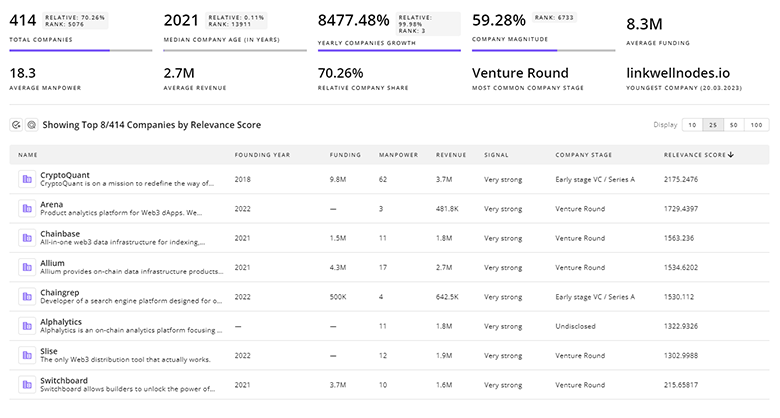
2.7K Energy Efficient Windows Companies
Discover Energy Efficient Windows Companies, their Funding, Manpower, Revenues, Stages, and much more
Energy Efficient Windows Investors
Get ahead with your investment strategy with insights into 249 Energy Efficient Windows investors. TrendFeedr’s investors tool is your go-to source for comprehensive analysis of investment activities and financial trends. The tool is tailored for navigating the investment world, offering insights for successful market positioning and partnerships within Energy Efficient Windows.
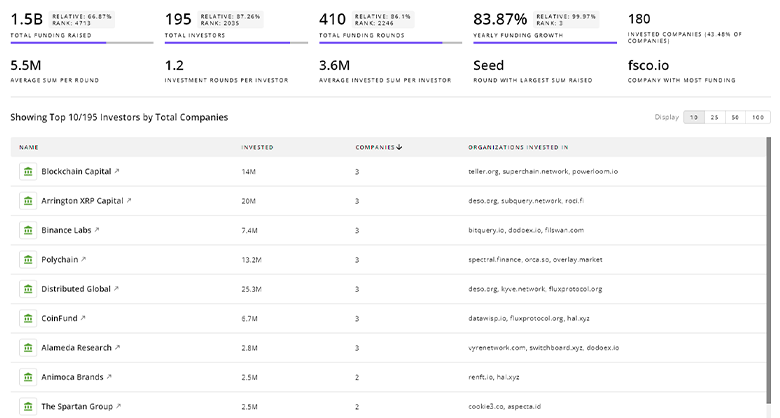
249 Energy Efficient Windows Investors
Discover Energy Efficient Windows Investors, Funding Rounds, Invested Amounts, and Funding Growth
Energy Efficient Windows News
TrendFeedr’s News feature offers access to 957 news articles on Energy Efficient Windows. The tool provides up-to-date news on trends, technologies, and companies, enabling effective trend and sentiment tracking.
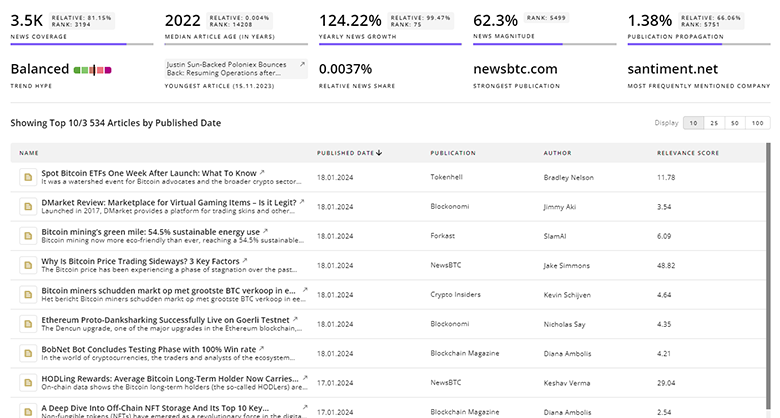
957 Energy Efficient Windows News Articles
Discover Latest Energy Efficient Windows Articles, News Magnitude, Publication Propagation, Yearly Growth, and Strongest Publications
Executive Summary
The energy-efficient windows landscape is shifting from isolated product innovations to integrated building envelope platforms that combine advanced materials, dynamic functionality, and renewable energy generation. Breakthroughs in glazing—overlaid with smart coatings and transparent photovoltaics—are unlocking substantial energy savings and comfort gains, while non-invasive retrofits and circular design principles are addressing cost and sustainability barriers. Regulatory momentum and rising utility costs are catalyzing rapid adoption, particularly in Europe and North America, with Asia-Pacific poised for high growth. Stakeholders must align with vendors offering end-to-end, data-rich solutions and forge supply-chain resiliency to capitalize on this enduring transformation toward low-carbon, high-performance buildings.
Have expertise in trends or technology? Your input can enrich our content — consider collaborating with us!
